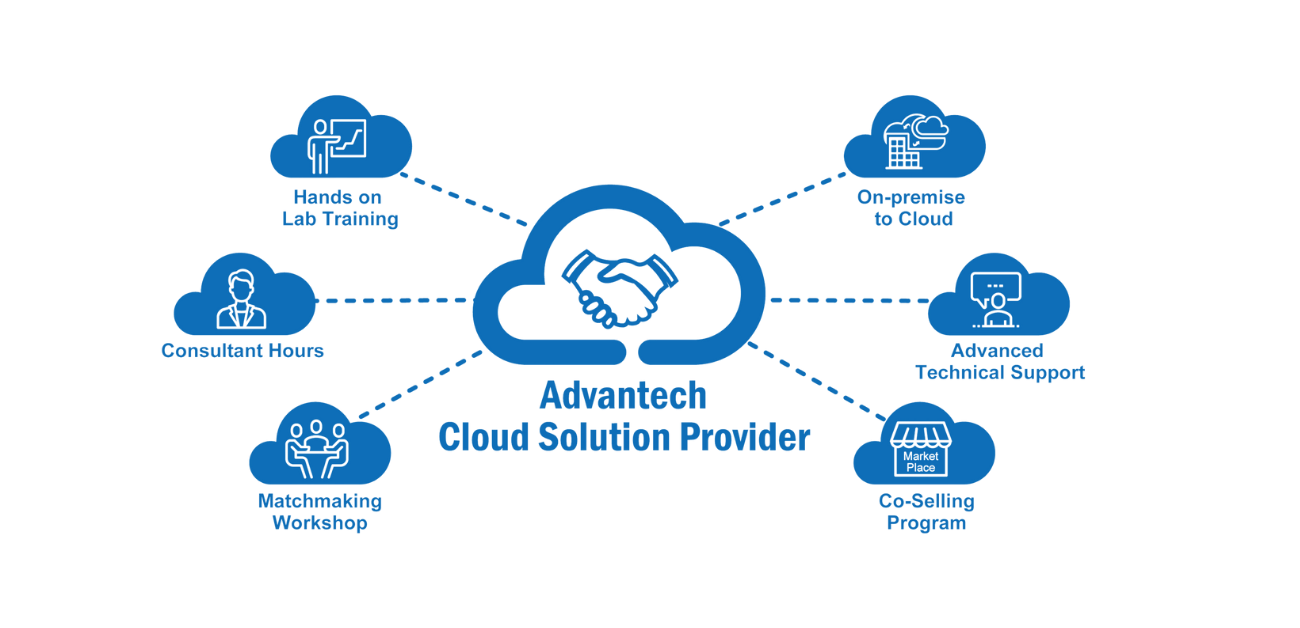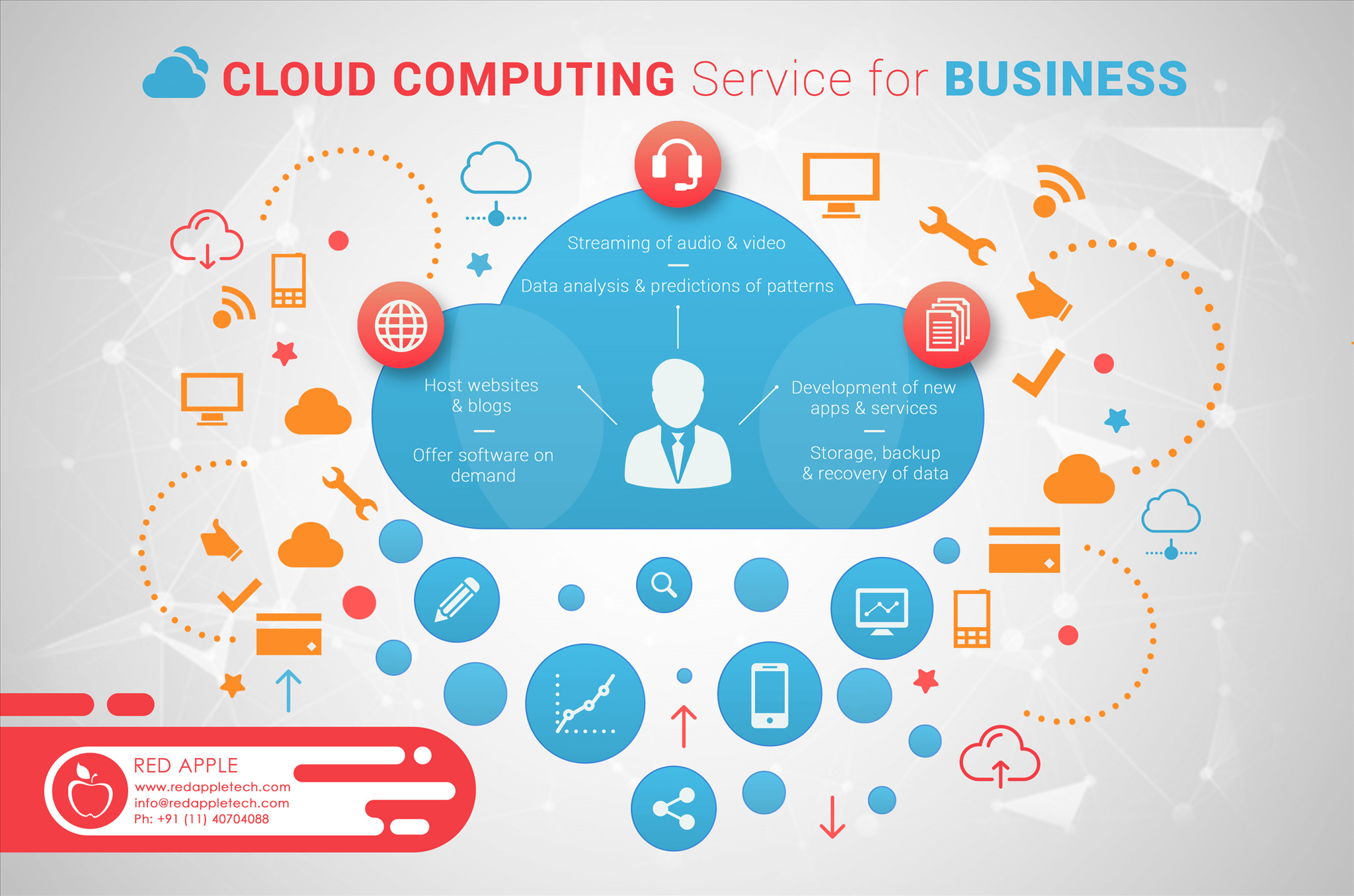Simplify Your Framework With Cloud Services
As companies browse the ever-evolving landscape of modern technology and information monitoring, the function of cloud services in streamlining facilities has come to be increasingly prominent. The attraction of streamlined processes, boosted effectiveness, and boosted resource appropriation with cloud remedies is obvious. The journey towards an extra active and cost-effective IT facilities entails more than just migrating to the cloud. It requires a calculated approach and a deep understanding of the nuances of cloud fostering. So, how can organizations effectively browse this shift and truly open the possibility of cloud services for streamlining their infrastructure?
Benefits of Cloud Solutions
Cloud solutions offer a streamlined approach to managing IT framework, giving businesses with flexibility, scalability, and cost-efficiency. One of the key benefits of cloud services is the scalability they use.
In addition, cloud services remove the demand for organizations to buy costly software and hardware. This cost-efficiency is a substantial benefit, particularly for small to medium-sized ventures seeking to lessen upfront prices. By utilizing cloud services, organizations can access high-quality IT sources without the significant cost related to typical facilities setups.
Moreover, cloud solutions offer businesses with the versatility to access their information and applications from anywhere with an internet connection. This degree of ease of access boosts collaboration among teams, makes it possible for remote work, and boosts general productivity. The versatility provided by cloud solutions encourages businesses to adjust rapidly to changing market conditions and consumer demands.
Cost Savings and Scalability
In addition to the operational advantages highlighted earlier, the combination of cloud solutions right into a company's facilities yields considerable expense savings and enhanced scalability. Cloud solutions offer a pay-as-you-go model, enabling businesses to scale resources up or down based on current requirements, consequently staying clear of the prices connected with maintaining excess capacity. This versatility makes it possible for business to adjust rapidly to changing demands without incurring unnecessary expenditures.
Furthermore, cloud solutions get rid of the demand for ahead of time financial investments in hardware and software, reducing capital investment. Operating expenses are additionally reduced as firms no much longer require to manage and preserve physical servers, resulting in lower power usage and IT staffing costs. Furthermore, cloud solutions offer automatic updates and maintenance, guaranteeing that the infrastructure stays safe and secure and updated without calling for hands-on treatments.
Improved Safety And Security Actions
Carrying out stringent safety and security actions is critical when incorporating cloud services right into a business's framework to guard delicate information and guarantee compliance with sector regulations. Cloud service providers use improved safety functions such as data file encryption, firewall software defense, and multi-factor authentication to minimize cybersecurity dangers. Encryption assists safeguard information both at rest and en route, guaranteeing that only licensed customers can access delicate info. Firewall softwares function as an obstacle in between exterior risks and interior networks, monitoring and managing outbound and incoming network web traffic. Multi-factor verification includes an additional layer of protection by calling for users to supply several types of confirmation prior to accessing the cloud services.
Additionally, regular protection audits and conformity analyses assist recognize vulnerabilities and make sure adherence to market criteria. click for source Business can likewise gain from features like computerized safety updates and real-time danger tracking offered by cloud provider. By prioritizing safety and security measures and remaining proactive in resolving possible risks, companies can confidently leverage cloud services while safeguarding their important information from unauthorized access or breaches.
Transitioning to Cloud Facilities
To successfully incorporate cloud solutions right into a company's framework, an organized technique that attends to the shift towards cloud-based services is important. Transitioning to shadow infrastructure includes careful planning and implementation to guarantee a smooth movement procedure. The very first step is to analyze the present infrastructure and figure out which systems and applications are ideal for movement to the cloud. This examination needs to think about aspects such as information sensitivity, conformity requirements, and efficiency demands.
As soon as the analysis is total, a migration technique must be created. This technique ought to lay out the timeline, resources, and obligations for relocating each component to the cloud. It is crucial to communicate this strategy plainly to all stakeholders to ensure alignment and decrease disruptions throughout the transition.
During the movement surveillance, process and screening are vital to determine and address any kind of concerns promptly. Routine checkpoints ought to be established to track progress and make required changes. Furthermore, training for employees on using cloud services must be given to ensure a successful shift and maximize the benefits of the new infrastructure.
Best Practices for Cloud Fostering
Successful fostering of cloud services hinges on the strategic alignment of company goals with click for info technological capabilities and business readiness. To ensure a smooth shift to the cloud, companies need to begin by performing a comprehensive analysis of their current framework and determining which work are best fit for cloud movement. It is crucial to entail crucial stakeholders from various departments in the decision-making procedure to obtain buy-in and attend to any issues beforehand.
Another ideal practice for cloud adoption is to focus on safety and security and compliance. Organizations has to thoroughly review the security measures used by cloud provider and make sure that their data is protected according to market requirements and governing requirements. Applying robust data file encryption, gain access to controls, and regular protection audits can aid mitigate risks connected with cloud adoption.

Verdict

As companies navigate the ever-evolving landscape of modern technology and data administration, the role of cloud services in streamlining infrastructure has come to be significantly famous - linkdaddy cloud services press release. How can services properly navigate this change and really open the possibility of cloud solutions for simplifying their facilities?
Cloud solutions offer a streamlined technique to handling IT infrastructure, supplying organizations with cost-efficiency, scalability, and versatility. By making use of cloud solutions, organizations can access high-grade IT resources without the hefty cost tag connected with traditional framework configurations.
To make sure a smooth transition to the cloud, organizations need to start by performing a comprehensive evaluation of their existing framework and recognizing which work are best suited for cloud migration.